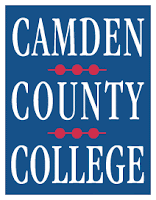- Improve faculty, student and staff communications through Web content management.
- Provide students, faculty, and staff with ready access to the Internet by having a fully wireless campus at all three locations.
- Provide students with a state-of-the-art education by ensuring that every classroom is a smart classroom with a minimum technology standard for all three locations.
- Implement a portal for the Student Information System to combine all resources used to support student interaction with the College.
- Spearhead the shared-services Technology Initiative.
- Create mechanisms to better use technology to replace the traditional hard-copy means of corresponding with students.
- Ensure procedures and processes are in place to protect student and staff data from external vulnerabilities.
Camden County College's Strategic Plan to 2015








